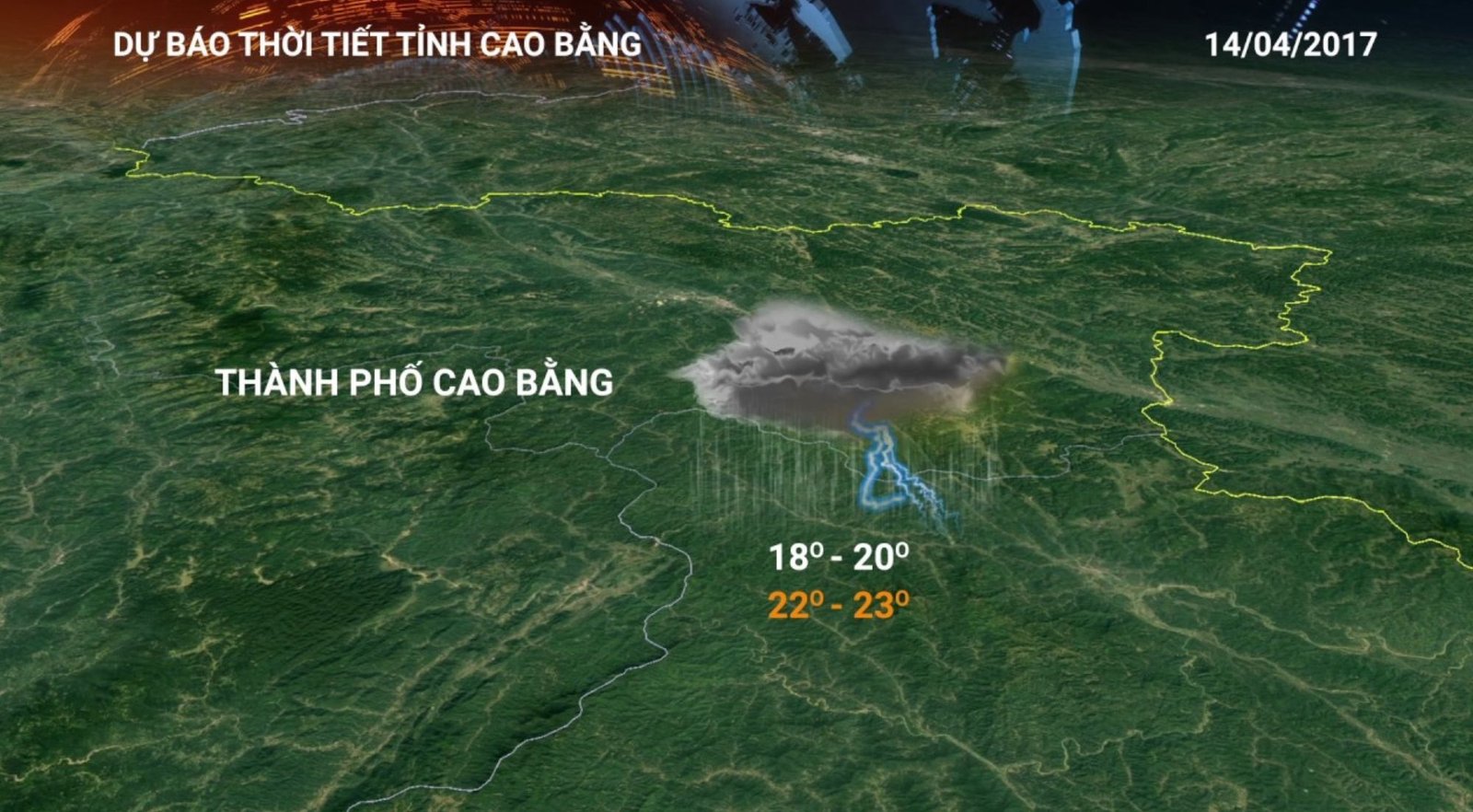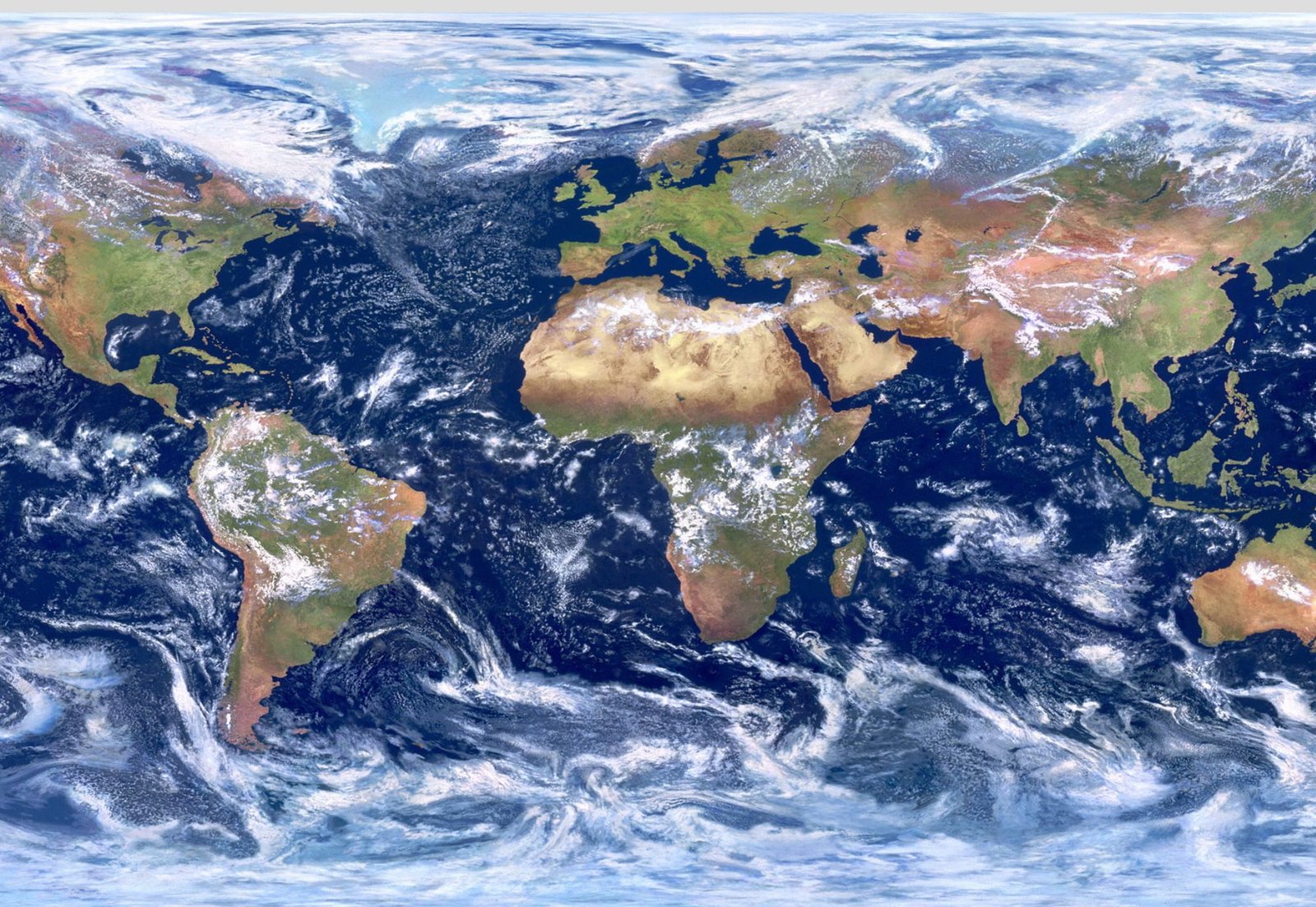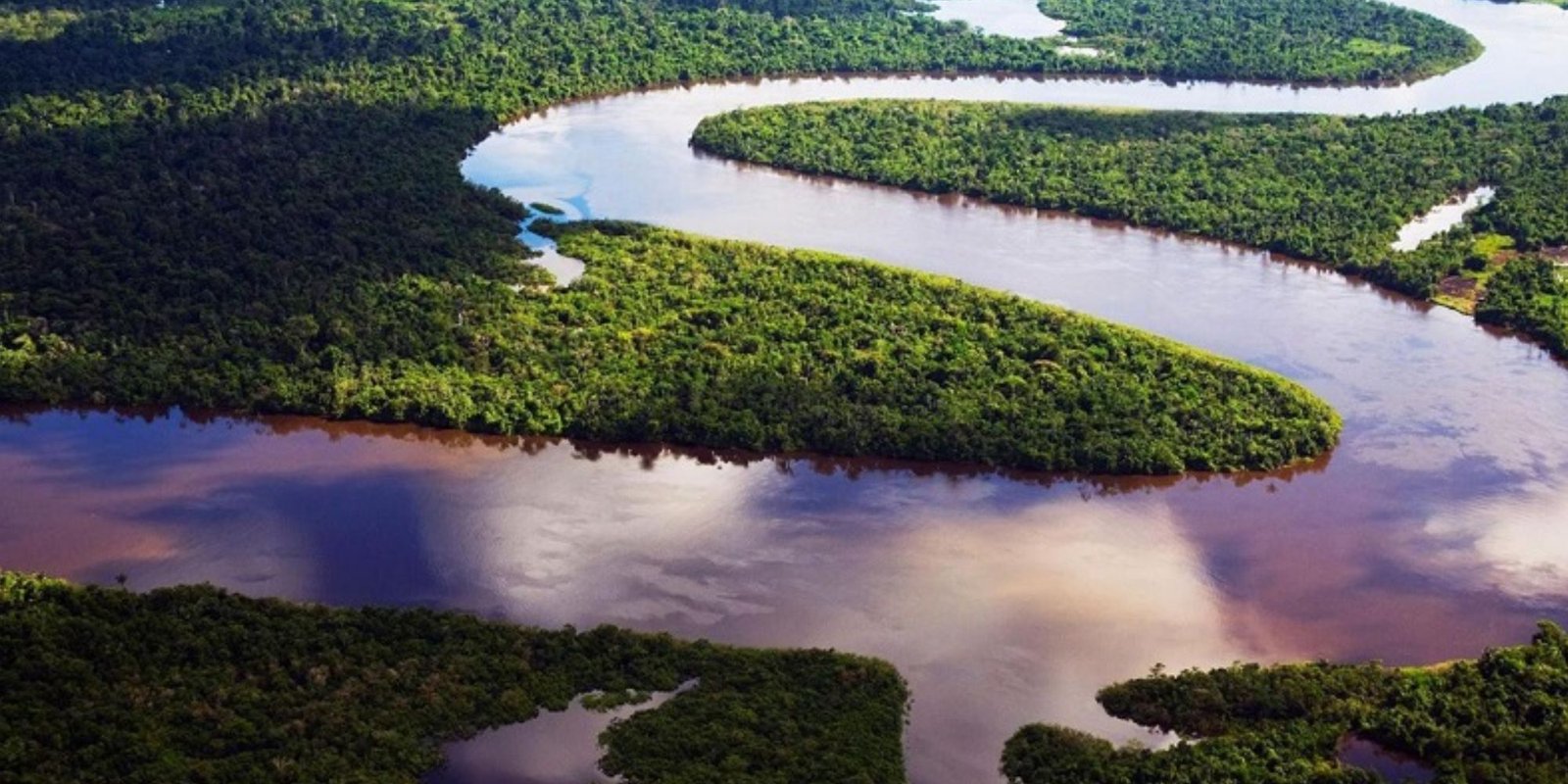Weather forecasting is an essential part of our daily lives, helping us plan our activities, stay safe during extreme weather events, and understand the natural world. But how do meteorologists predict the weather? This article delves into the science and technology behind weather forecasting, explaining the tools, techniques, and processes used to forecast the weather accurately.
1. The Science of Weather Forecasting
Weather forecasting is rooted in meteorology, the scientific study of the atmosphere. Meteorologists analyze atmospheric conditions to predict how the weather will change over time. The atmosphere is a dynamic system, influenced by factors such as temperature, humidity, pressure, wind, and the Earth’s rotation. By understanding these factors and how they interact, meteorologists can make informed predictions about future weather conditions.

Link Domain https://lawadvisors.pamshion.net
2. Gathering Data: The First Step
The first step in weather forecasting is data collection. Meteorologists rely on a vast network of data sources to monitor the atmosphere. These sources include:
- Weather Stations: Thousands of weather stations worldwide collect real-time data on temperature, humidity, wind speed, and atmospheric pressure. These stations are located on land, at sea, and even in remote areas, providing comprehensive coverage.
- Satellites: Weather satellites orbiting the Earth capture images and data about cloud cover, temperature, and moisture levels in the atmosphere. These satellites provide a bird’s-eye view of weather patterns on a global scale, allowing meteorologists to track storms, monitor cloud development, and observe large-scale weather systems.
- Radiosondes: Radiosondes are instruments attached to weather balloons that are launched into the atmosphere. As the balloon rises, the radiosonde measures temperature, humidity, and pressure at various altitudes. This data is crucial for understanding the vertical structure of the atmosphere, which influences weather conditions at different levels.
- Radar: Weather radar systems emit radio waves that bounce off precipitation particles, such as raindrops or snowflakes. By analyzing the returned signals, meteorologists can detect precipitation intensity, movement, and even the potential for severe weather like thunderstorms or tornadoes.
3. Analyzing the Data
Once the data is collected, meteorologists analyze it to identify patterns and trends. This analysis involves both manual interpretation and the use of advanced computer models.
- Computer Models: Numerical weather prediction (NWP) models are sophisticated computer programs that simulate the atmosphere’s behavior. These models use mathematical equations to represent the physical processes that govern weather patterns. Meteorologists input current weather data into these models, which then predict how the atmosphere will evolve over time. There are several NWP models used globally, each with its strengths and limitations, so meteorologists often compare multiple models to arrive at a consensus.
- Pattern Recognition: Experienced meteorologists use their knowledge of weather patterns to interpret data and make predictions. They look for familiar signs, such as the development of certain cloud types, temperature gradients, or pressure systems, which can indicate specific weather outcomes. This combination of human expertise and computer analysis is key to accurate forecasting.
4. Short-Term vs. Long-Term Forecasting
Weather forecasts can be categorized based on their timeframes:
- Short-Term Forecasting: Also known as nowcasting, short-term forecasting covers the next few hours to a day. It relies heavily on real-time data from weather stations, radar, and satellites. Short-term forecasts are typically more accurate because they focus on immediate weather conditions and trends that are less likely to change rapidly.
- Medium-Range Forecasting: This type of forecasting covers a period of two to seven days. It combines current data with NWP models to predict how weather systems will develop. While medium-range forecasts are generally reliable, their accuracy decreases as the timeframe extends due to the chaotic nature of the atmosphere.
- Long-Term Forecasting: Also known as extended-range or seasonal forecasting, this covers periods beyond a week, up to several months. Long-term forecasts rely more on statistical analysis and climatology, using historical weather data and patterns to make predictions. While useful for understanding general trends, long-term forecasts are less precise and can be subject to significant uncertainty.

5. Communicating the Forecast
Once the forecast is generated, it’s crucial to communicate it effectively to the public. Meteorologists present their forecasts through various channels, including television, radio, websites, and mobile apps. The goal is to make the information accessible, understandable, and actionable for people.
- Weather Reports: On television and radio, meteorologists deliver daily weather reports, breaking down the forecast into simple terms. They often highlight key points, such as temperature highs and lows, chances of precipitation, and potential severe weather.
- Weather Alerts: In the event of severe weather, meteorologists issue alerts and warnings to inform the public of potential dangers. These alerts are disseminated through multiple platforms, including emergency notification systems, to ensure that everyone is aware and can take appropriate action.
6. Challenges in Weather Forecasting
Despite advances in technology, weather forecasting remains a challenging field. The atmosphere is a complex and chaotic system, and small changes in initial conditions can lead to vastly different outcomes—a concept known as the “butterfly effect.” This inherent uncertainty means that while forecasts are generally reliable, they are not infallible.
- Model Limitations: While NWP models are powerful tools, they have limitations. Models are based on equations that approximate atmospheric processes, and these approximations can introduce errors. Additionally, the quality of a model’s forecast depends on the accuracy of the initial data fed into it.
- Rapidly Changing Conditions: Certain weather phenomena, such as thunderstorms, tornadoes, and hurricanes, can develop rapidly and unpredictably. These events pose significant forecasting challenges, as small-scale features can dramatically influence their formation and intensity.

7. The Future of Weather Forecasting
The future of weather forecasting looks promising, with ongoing advancements in technology and data collection. Developments in artificial intelligence (AI) and machine learning are expected to improve the accuracy of forecasts by analyzing vast amounts of data more efficiently. Additionally, improvements in satellite technology and radar systems will enhance real-time monitoring of the atmosphere, providing more detailed and timely information.
External link https://jetluxury.techarmz.com/transformed-celebrity-culture.html
Conclusion
Weather forecasting is a complex blend of science, technology, and experience. Meteorologists rely on a vast array of tools and techniques to predict the weather, from data collection through weather stations, satellites, and radar, to the use of sophisticated computer models. While challenges remain, ongoing advancements promise to make weather forecasts even more accurate and reliable in the future. Understanding the process behind weather forecasting not only highlights its importance but also underscores the incredible effort that goes into keeping us informed and prepared for whatever the weather may bring.
